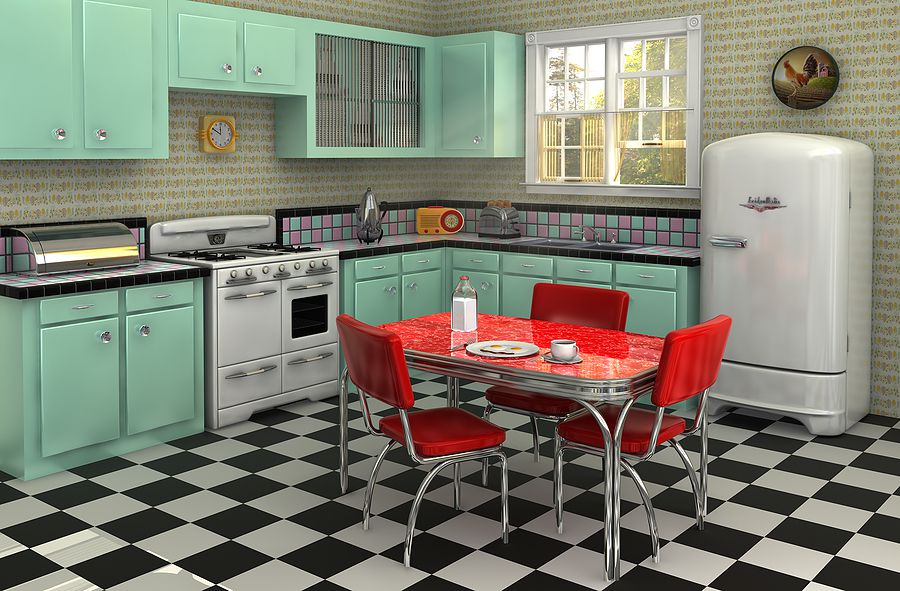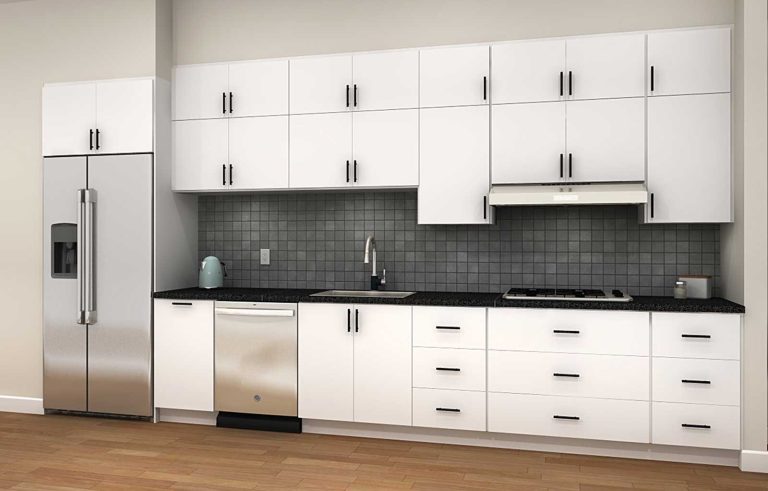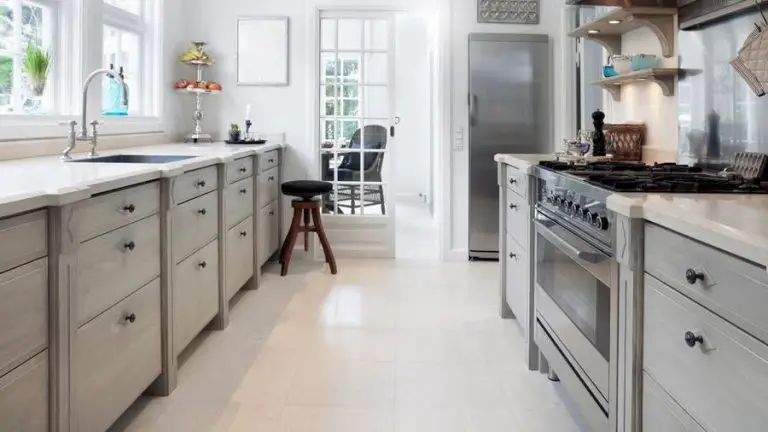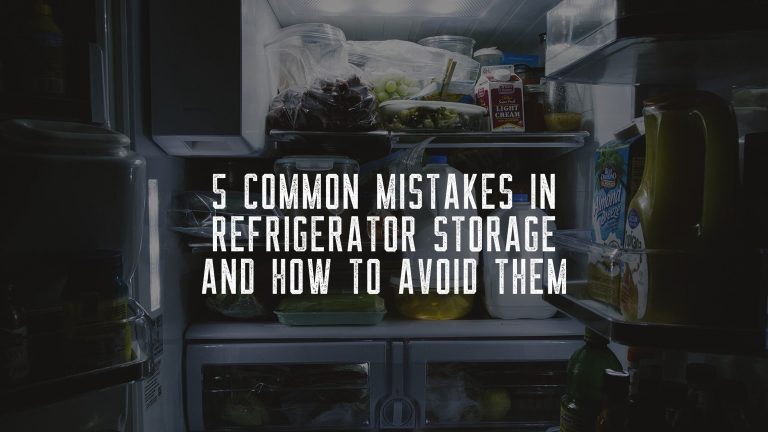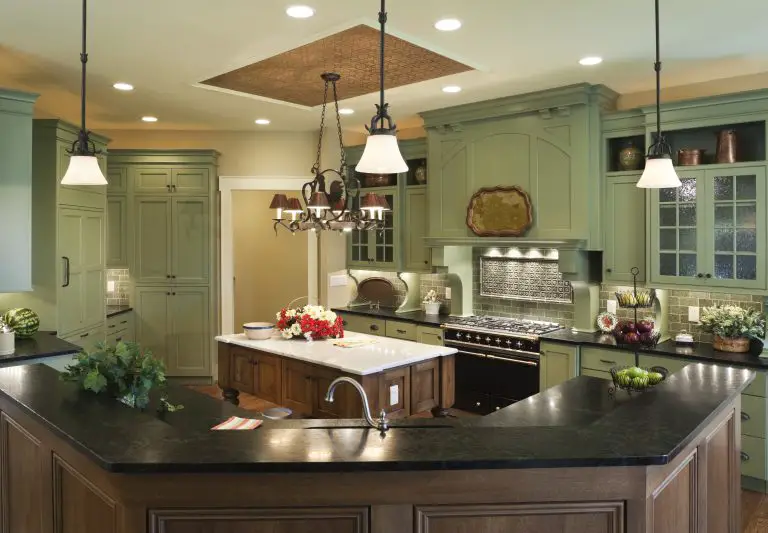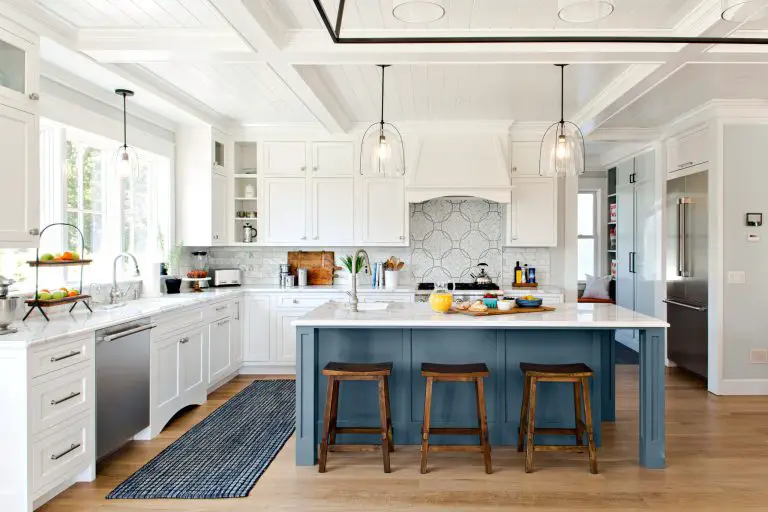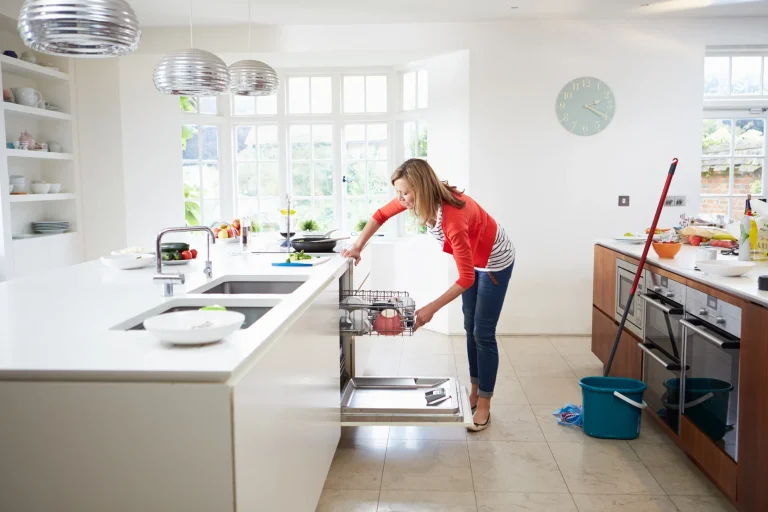Using Linoleum Flooring in Kitchens
Linoleum flooring is a great option to consider when it comes to kitchen flooring. It is highly durable, long-lasting, and easy to maintain. It also offers a wide variety of colors and patterns, making it easy to find a style that fits your kitchen’s decor. Linoleum is a natural material, so it is also environmentally friendly and often more affordable than other types of flooring. With proper care and maintenance, linoleum flooring can last for many years and look great in your kitchen.
Benefits of Linoleum Flooring in Kitchens
Linoleum flooring is an increasingly popular choice for kitchen floors due to its many benefits. Linoleum is a cost-effective flooring material that is highly durable, easy to maintain, and available in a variety of styles and colors. It is also resistant to moisture, bacteria, and mold, making it perfect for high-traffic kitchens. The material is also eco-friendly, as it is made from natural ingredients such as linseed oil, cork dust, wood flour, and limestone. With proper care, a linoleum kitchen floor can last for years, giving your kitchen a timeless, elegant look.
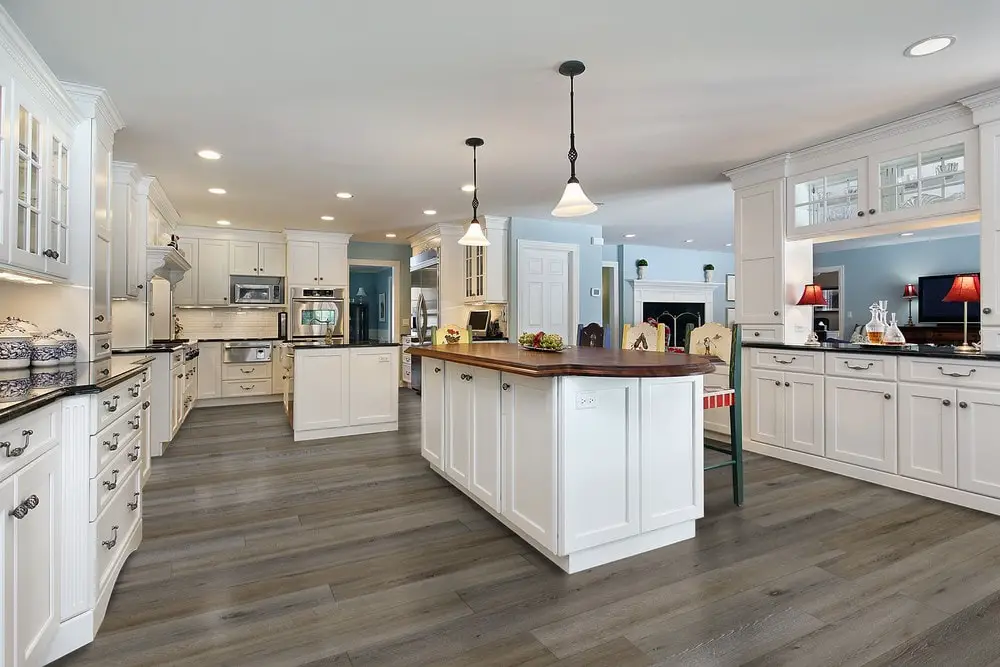
Credit: www.builddirect.com
Types of Linoleum Flooring
Linoleum flooring is a great choice for those looking for a durable, low-maintenance, and affordable flooring option. It comes in a variety of types, each with its own unique benefits. Sheet linoleum is the most common type, and is perfect for larger rooms as it can be installed in one piece. It is also very easy to maintain. Plank linoleum is a great option for those with an eye for design, as it comes in a variety of colors and patterns that can easily be mixed and matched to create a unique look. Tile linoleum is an excellent choice for wet areas such as bathrooms and kitchens, as it is waterproof and easy to clean. Lastly, floating linoleum is a great DIY option as it is easy to install and can be removed without leaving any residue. No matter the type of linoleum flooring you choose, you can be sure it will be a great addition to your home.
Cleaning and Maintenance of Linoleum Flooring
Linoleum flooring is an attractive and cost-effective material for use in many homes and businesses. However, in order to keep your linoleum floors looking their best, regular cleaning and maintenance are required. To properly clean and maintain your linoleum flooring, use a damp mop and mild detergent to remove dirt and debris. For tougher dirt and stains, use a small amount of white vinegar or liquid dish soap on a damp cloth. To remove scuff marks, use a non-abrasive cleaner such as baking soda or toothpaste to gently buff away the mark. To protect the finish of your linoleum flooring, apply a wax-based sealant every few months. With proper cleaning and maintenance, your linoleum flooring will look new for years to come.
Installation Tips for Linoleum Flooring
Linoleum flooring is an attractive and cost-effective option for many types of flooring. Installing linoleum flooring can be tricky, however, so here are some tips to ensure that you get it done correctly. First, make sure you measure your room correctly so that you have the right amount of material. Next, make sure you use the appropriate adhesive and apply it evenly so that your floor will hold up over time. Finally, make sure you cut the linoleum into the right shape and size and use the appropriate tools to put it in place, like a roller or a hammer. With these tips, you can ensure that your linoleum floor looks great and lasts for years to come.
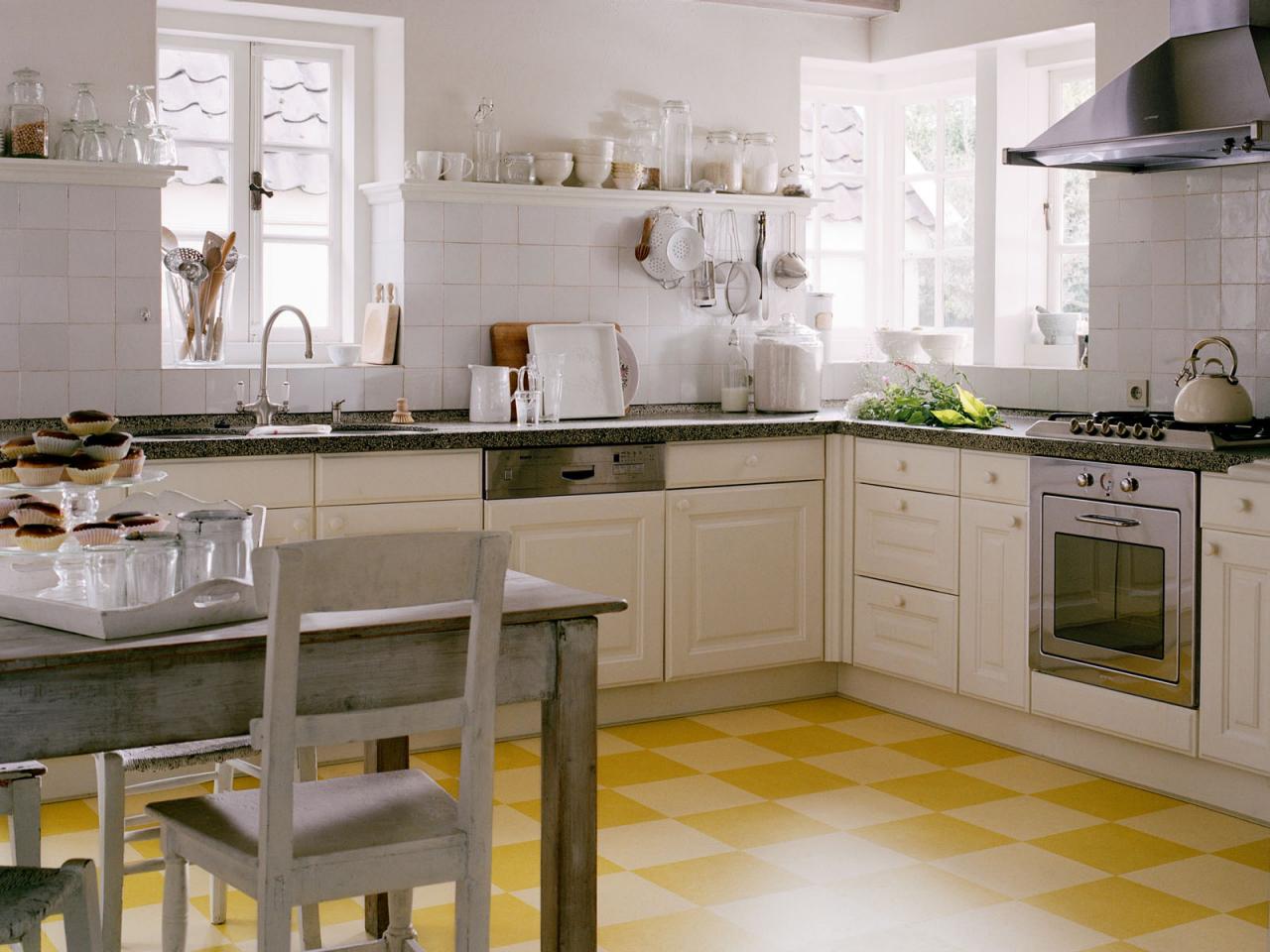
Pros and Cons of Linoleum Flooring in Kitchens
Linoleum flooring has become increasingly popular in kitchens due to its versatility, affordability, and variety of colors and patterns. While it is a great option for many homeowners, it is important to weigh the pros and cons before making a final decision. The pros of linoleum flooring include its durability, affordability, and ease of installation. It is also a great option for those with allergies or asthma since it is hypoallergenic and resists dust mites and mold. On the other hand, the cons of linoleum flooring include its susceptibility to scratches, dents, or fading. It is also important to note that linoleum flooring can be difficult to repair if it is damaged. Ultimately, it is up to the homeowner to decide if the advantages of linoleum flooring outweigh the disadvantages for their particular situation.
Common Questions About Linoleum Flooring
Linoleum flooring is a popular choice for homeowners due to its durability, affordability, and easy maintenance. While it is a great option for many areas of the home, there are still a few common questions about it. This blog post will provide answers to some of the most frequently asked questions about linoleum flooring, such as: What is the difference between linoleum and vinyl flooring? How do I clean and maintain my linoleum floor? Is linoleum flooring water-resistant? We will also discuss the various styles and colors available, as well as the advantages and disadvantages of linoleum flooring. With this information, you will be able to make an informed decision about whether or not linoleum is the right choice for your home.
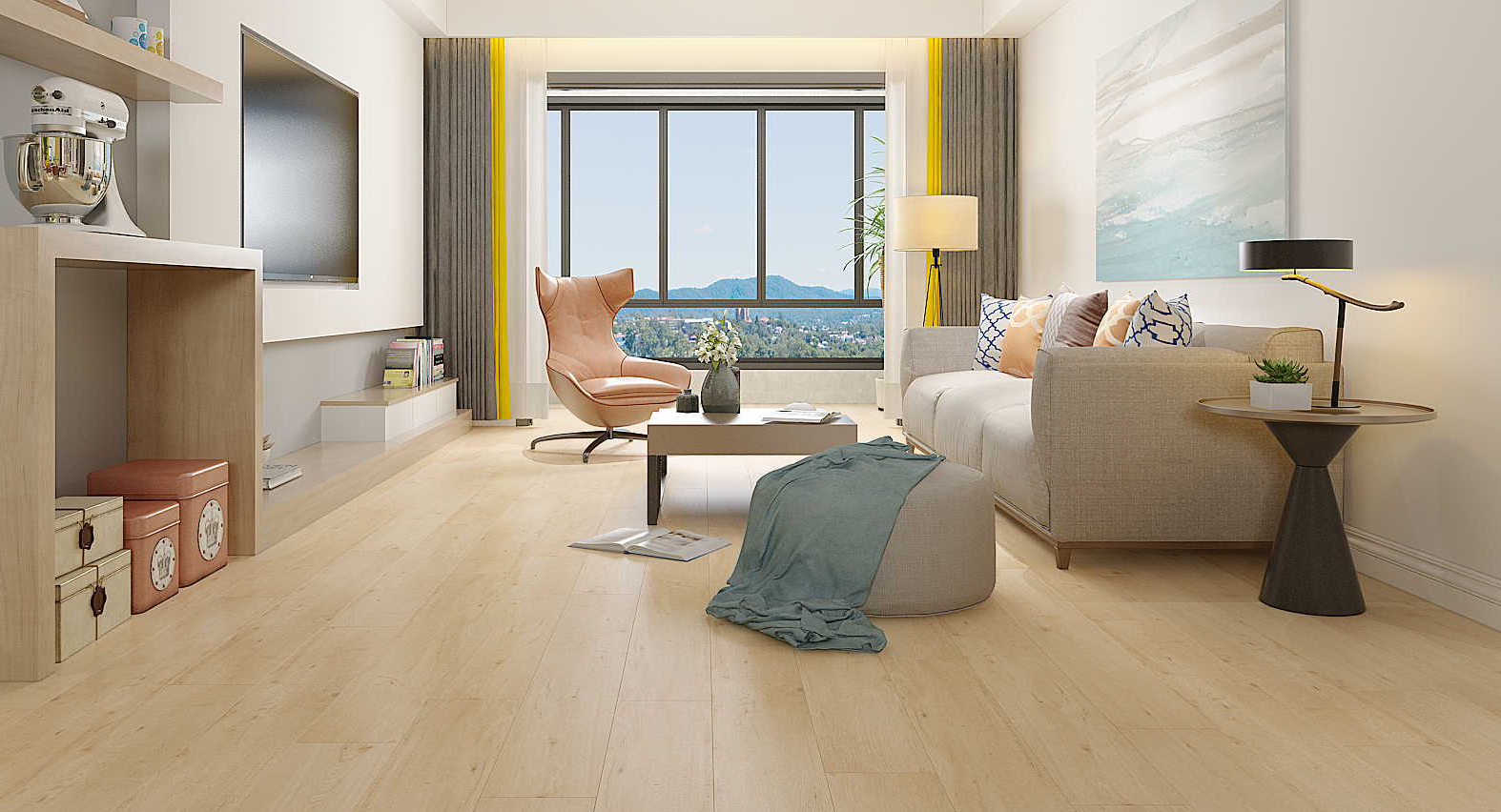
Credit: www.woodculture.com
Top Design Ideas for Linoleum Kitchen Floors
Linoleum kitchen floors are a great way to add style and personality to any kitchen. With a variety of colors, patterns, and textures available, there’s something to suit any décor. For those looking for a modern twist, consider using geometric shapes or bold colors to draw the eye. For a more traditional look, opt for classic designs and neutral tones. To add a unique touch, opt for a custom design that’s tailored to your kitchen. Whatever your style, there are plenty of design ideas to help you create the perfect linoleum kitchen floor. From bold colors and intricate patterns to subtle textures and classic designs, creating the perfect floor for your kitchen is easy with linoleum.
Cost of Linoleum Flooring for Kitchens
Linoleum flooring is an economical and stylish choice for kitchens. It is a durable and easy-to-clean material, making it ideal for kitchen spaces. Furthermore, linoleum flooring comes in a variety of colors and patterns to match any kitchen decor. The cost of linoleum flooring for kitchens varies depending on the size and type of linoleum chosen. Generally, the cost of linoleum flooring is between $2 and $4 per square foot. Installing linoleum in your kitchen can be a cost-effective and attractive choice for your home.
FAQs About the Using Linoleum Flooring in Kitchens
What are the benefits of using linoleum flooring in kitchens?
Linoleum flooring is an eco-friendly choice for kitchens because it is made from natural ingredients, such as linseed oil, cork dust, and wood flour. It is also resistant to moisture, stains, and scratches, making it an ideal choice for high-traffic areas in the kitchen.
How long does linoleum flooring last?
Linoleum flooring can last up to 40 years with proper care and maintenance.
How do I clean linoleum flooring in the kitchen?
To clean linoleum flooring in the kitchen, use a damp mop with mild soap or detergent. Avoid harsh chemicals and abrasive cleaners, as these can damage the flooring. For tougher stains, use a nylon brush to scrub the area gently.
Conclusion
Linoleum flooring is a great option for kitchens. It is easy to install, moderately priced and is available in a wide variety of colors and patterns. Additionally, it is easy to clean and maintain and is a great choice for those looking for a durable, affordable, and attractive flooring option.

